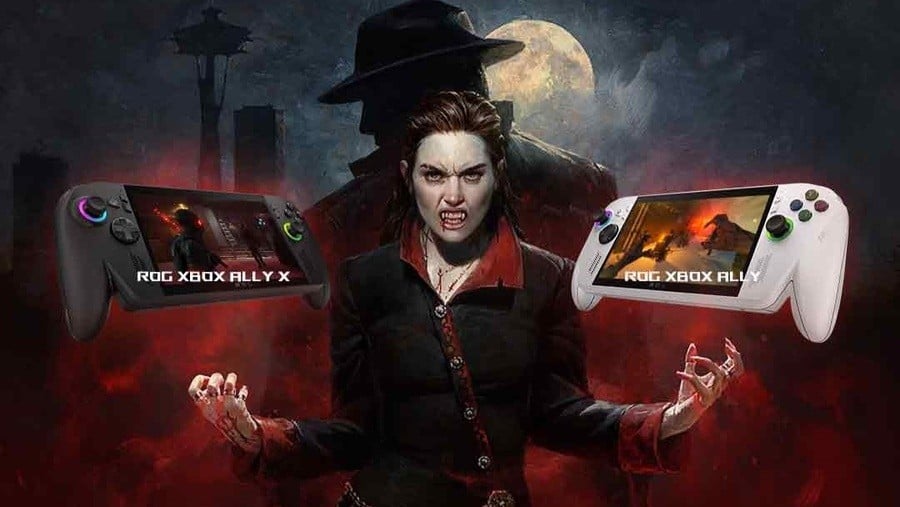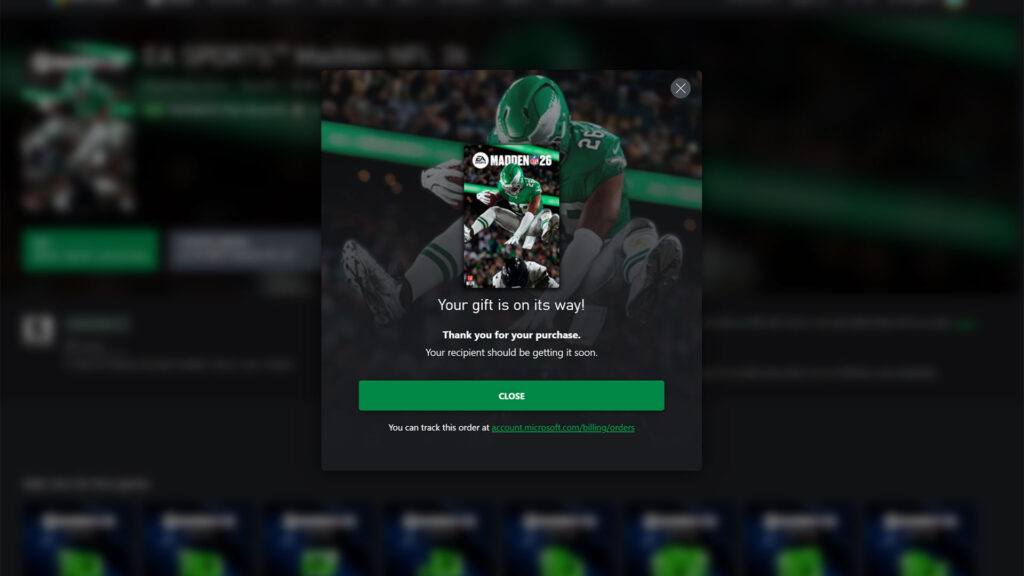Building the Invoker Archetype for Remnant II: The Forgotten Kingdom DLC

The first Skill we came up with was Way of Kaeula. It came together quick because a Water Skill is so versatile. You can slow enemies, speed up allies, and hey… “Making it Rain” is just cool. The second Skill, Way of Meidra, was a more support-based option. While it affects both allies and enemies, we wanted the focus to center around allowing allies to heal themselves through fighting debuffed enemies. At this point, we had a speed/slow option and a debuff/heal option, and we wanted a more “self-serving” option. Way of Lydusa was a means to allow the player to feel like a boss, so to speak. They weaken the defenses of their enemies while also collecting shards they’ve chipped off from their now-brittle exterior. It felt cool to be able to pull something away from the enemy only to use it to damage them and their cohorts!
Usually, most Archetypes come together in a similar way. We figure out the theme first, then we figure out a marquee Skill. For Invoker, it was “Skill/Jungle” theme, and the marquee Skill was Way of Kaeula. From there, we build around it until we have all three unique options. After that, most perks almost write themselves, especially if the Archetype theme is exceptionally strong up front.
Then it’s time to get Concept Art involved. We talk about the theme “Is this Archetype evil? Positive? Neutral? Is it pure DPS or is it support. Maybe a hybrid?”. Ideally, we also present the Concept Artist some pictures we discovered that highlight the mood and maybe even give some insight into potential armor ideas. They go off and do their thing and bring us a handful of concepts and we provide feedback “1A looks too friendly” or “that part on the gloves in image 2C is exactly what we are looking for… maybe that could continue through the pants / boots as well”. We usually go back and forth for a bit, and they go off and come back with a more focused second pass. Rarely do we need a third pass. We submit the look to the Creative Director (David Adams) and 99/100 times, he says “COOL”.
Next, we review the Skills, Perks, Trait and any special behavior with the Gameplay Engineering Team and Technical Designers. We review each element to determine how complex they are to make sure they can fit within our schedule. Sometimes we may have to rethink something, and sometimes we are inspired to enhance our designs even further because someone points out an additional feature that may be appropriate. We also talk to the Animation team in case we have any special requests (casting animations, other features, etc).
As each element comes online – usually the Prime or an individual Skill – we start to test them out in our combat test room. Sometimes things sound great on paper but in practice they leave something to be desired. This is where we start to determine if something is missing, too complex or confusing, too cumbersome, or if we are on the right path. Quite often we will test the first pass of a Skill and think “ok, this is pretty awesome!”. We tune things like damage or healing values, ranges, durations etc… to get them feeling “good for a first pass”. If we are happy with them, we send them to VFX and SFX to really help make them shine. However, if we find something missing, then we take some time to figure out where it can improve and after it’s adjusted, we redo the “first pass” testing process over again.



